Shangyin Tan
LangProBe: a Language Programs Benchmark
Feb 27, 2025
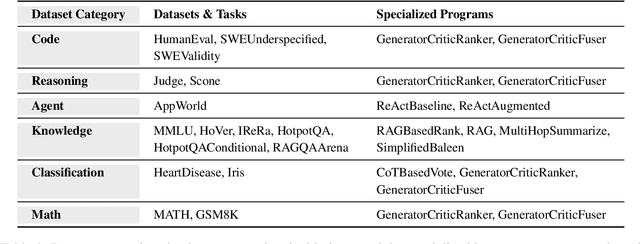
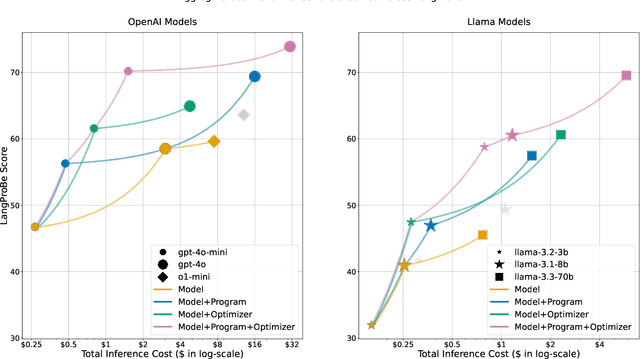
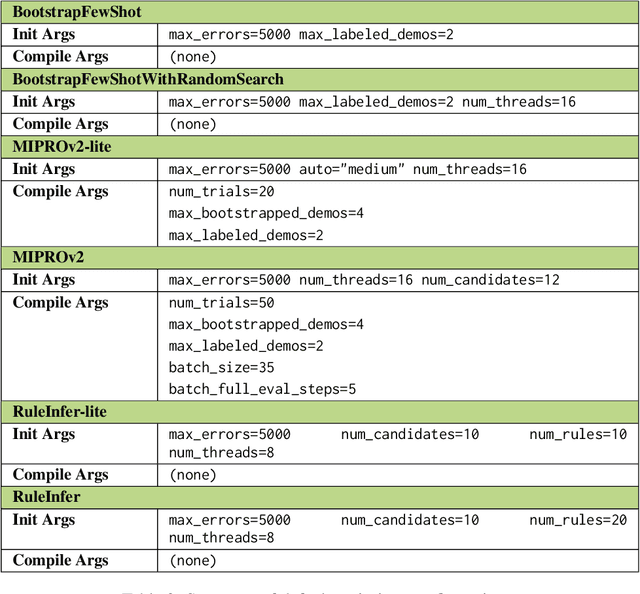
Abstract:Composing language models (LMs) into multi-step language programs and automatically optimizing their modular prompts is now a mainstream paradigm for building AI systems, but the tradeoffs in this space have only scarcely been studied before. We introduce LangProBe, the first large-scale benchmark for evaluating the architectures and optimization strategies for language programs, with over 2000 combinations of tasks, architectures, optimizers, and choices of LMs. Using LangProBe, we are the first to study the impact of program architectures and optimizers (and their compositions together and with different models) on tradeoffs of quality and cost. We find that optimized language programs offer strong cost--quality Pareto improvement over raw calls to models, but simultaneously demonstrate that human judgment (or empirical decisions) about which compositions to pursue is still necessary for best performance. We will open source the code and evaluation data for LangProBe.
S*: Test Time Scaling for Code Generation
Feb 20, 2025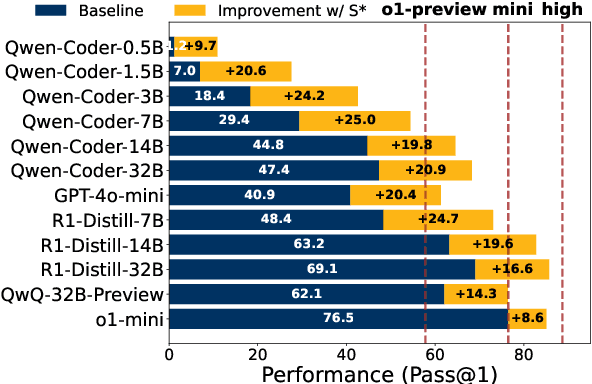

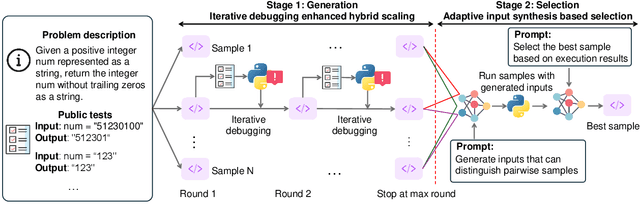
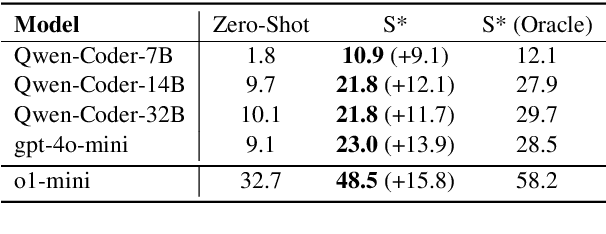
Abstract:Increasing test-time compute for LLMs shows promise across domains but remains underexplored in code generation, despite extensive study in math. In this paper, we propose S*, the first hybrid test-time scaling framework that substantially improves the coverage and selection accuracy of generated code. S* extends the existing parallel scaling paradigm with sequential scaling to push performance boundaries. It further leverages a novel selection mechanism that adaptively generates distinguishing inputs for pairwise comparison, combined with execution-grounded information to robustly identify correct solutions. We evaluate across 12 Large Language Models and Large Reasoning Model and show: (1) S* consistently improves performance across model families and sizes, enabling a 3B model to outperform GPT-4o-mini; (2) S* enables non-reasoning models to surpass reasoning models - GPT-4o-mini with S* outperforms o1-preview by 3.7% on LiveCodeBench; (3) S* further boosts state-of-the-art reasoning models - DeepSeek-R1-Distill-Qwen-32B with S* achieves 85.7% on LiveCodeBench, approaching o1 (high) at 88.5%. Code will be available under https://github.com/NovaSky-AI/SkyThought.
DSPy Assertions: Computational Constraints for Self-Refining Language Model Pipelines
Dec 20, 2023Abstract:Chaining language model (LM) calls as composable modules is fueling a new powerful way of programming. However, ensuring that LMs adhere to important constraints remains a key challenge, one often addressed with heuristic "prompt engineering". We introduce LM Assertions, a new programming construct for expressing computational constraints that LMs should satisfy. We integrate our constructs into the recent DSPy programming model for LMs, and present new strategies that allow DSPy to compile programs with arbitrary LM Assertions into systems that are more reliable and more accurate. In DSPy, LM Assertions can be integrated at compile time, via automatic prompt optimization, and/or at inference time, via automatic selfrefinement and backtracking. We report on two early case studies for complex question answering (QA), in which the LM program must iteratively retrieve information in multiple hops and synthesize a long-form answer with citations. We find that LM Assertions improve not only compliance with imposed rules and guidelines but also enhance downstream task performance, delivering intrinsic and extrinsic gains up to 35.7% and 13.3%, respectively. Our reference implementation of LM Assertions is integrated into DSPy at https://github.com/stanfordnlp/dspy
SlimFit: Memory-Efficient Fine-Tuning of Transformer-based Models Using Training Dynamics
May 29, 2023



Abstract:Transformer-based models, such as BERT and ViT, have achieved state-of-the-art results across different natural language processing (NLP) and computer vision (CV) tasks. However, these models are extremely memory intensive during their fine-tuning process, making them difficult to deploy on GPUs with limited memory resources. To address this issue, we introduce a new tool called SlimFit that reduces the memory requirements of these models by dynamically analyzing their training dynamics and freezing less-contributory layers during fine-tuning. The layers to freeze are chosen using a runtime inter-layer scheduling algorithm. SlimFit adopts quantization and pruning for particular layers to balance the load of dynamic activations and to minimize the memory footprint of static activations, where static activations refer to those that cannot be discarded regardless of freezing. This allows SlimFit to freeze up to 95% of layers and reduce the overall on-device GPU memory usage of transformer-based models such as ViT and BERT by an average of 2.2x, across different NLP and CV benchmarks/datasets such as GLUE, SQuAD 2.0, CIFAR-10, CIFAR-100 and ImageNet with an average degradation of 0.2% in accuracy. For such NLP and CV tasks, SlimFit can reduce up to 3.1x the total on-device memory usage with an accuracy degradation of only up to 0.4%. As a result, while fine-tuning of ViT on ImageNet and BERT on SQuAD 2.0 with a batch size of 128 requires 3 and 2 32GB GPUs respectively, SlimFit enables their fine-tuning on a single 32GB GPU without any significant accuracy degradation.
 Add to Chrome
Add to Chrome Add to Firefox
Add to Firefox Add to Edge
Add to Edge